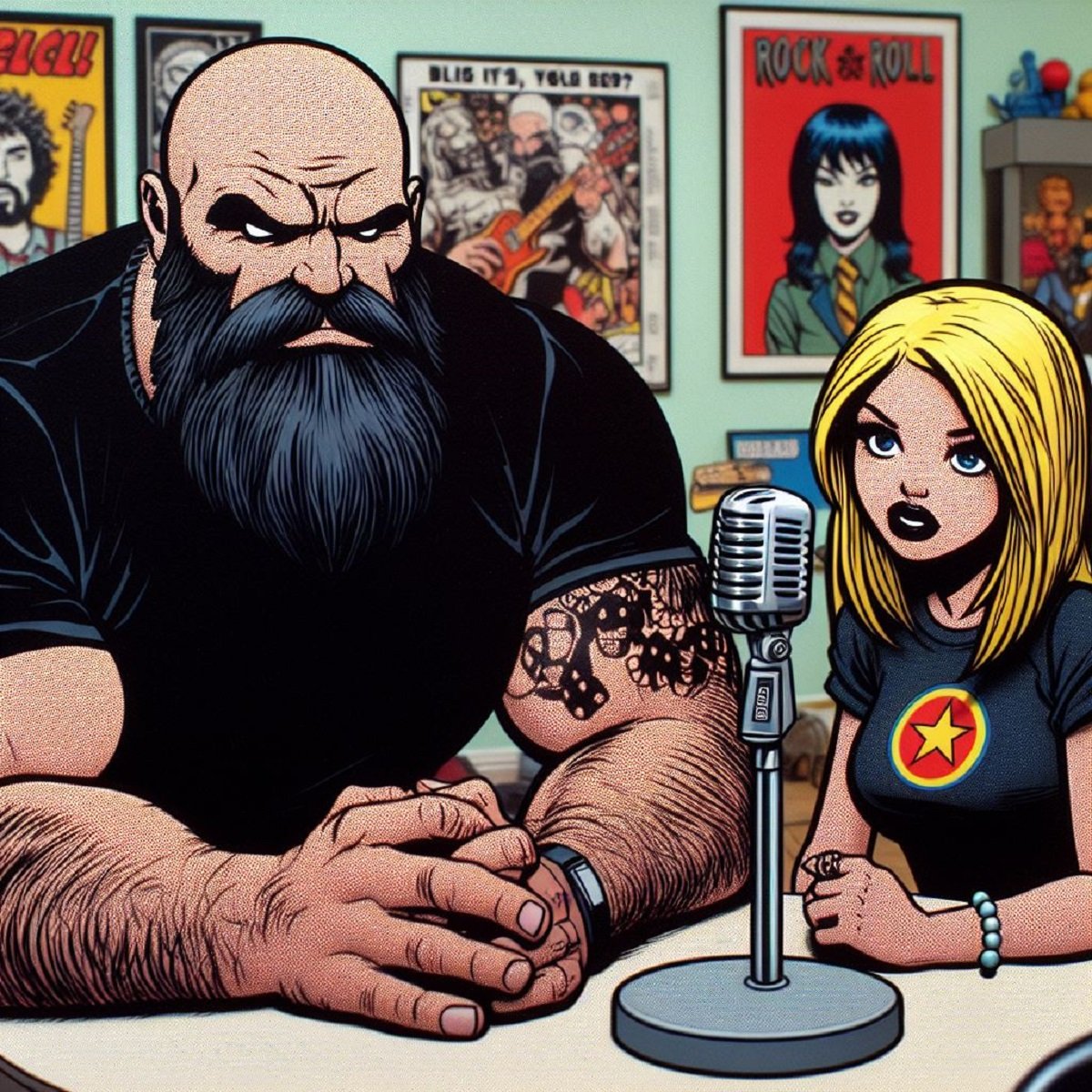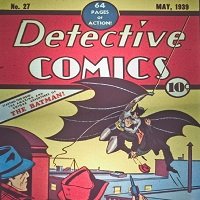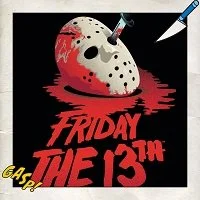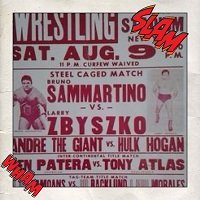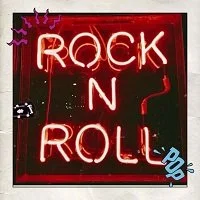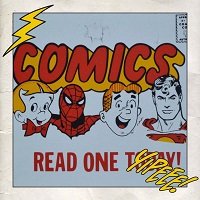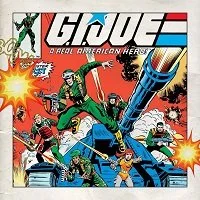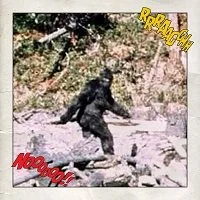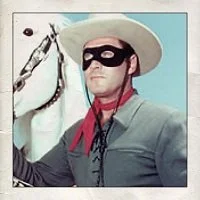Pixel Logic Video Game History: How Atari became Videogames
By: Juan Nunez (Twitter)
This is the RCA Studio II. It was released in 1977. It had Black and white games when even many Pong Clone consoles were using basic color graphics. It had the worst user interface that somehow was used by multiple consoles over the years, the numbered keypad. It had a relatively large selection of games for the era. Still, the games were badly executed by the standards of the time. Overall, the RCA Studio II is an awful boring video game console. The kind of boring that makes you angry to be that bored. To the surprise of no one, the RCA Studio II was a total commercial failure. It does wrong everything that Atari did right. It's a prime example of why Atari dominated the 1970's video game market.
The father of Atari is Nolan Bushnell. He was a student at the University Of Utah College of Engineering in the mid-1960s. While attending university, he was exposed to "Spacewar!" one of the early video game demos that a small number of computer science and engineering students of the time were experiencing. Bushnell put himself through college by working at an amusement park. He was in charge of managing and maintaining electro-mechanical amusement games. While the technology wasn't fully developed yet, Bushnell saw the potential advantages that videogames could have over electro-mechanical games. Videogames didn't rely on moving parts that broke down and required regular maintenance like amusement games. As technology developed, videogames would come in smaller and cheaper designs. Videogames could offer unlimited unique experiences by not being limited by things like space or real-world physics.
After graduating, Bushnell moved to San Francisco in 1968 to work for the electronics company Ampex. The following year he partnered with Ted Dabney, an electrical engineer working at Hewlett-Packard, to form the company "Sysygy"(pronounced See-See-Gee). Over the next couple of years, Sysygy produced its first commercial product. A clone of Spacewar! named "Computer Space", possibly the earliest Arcade video game, released in 1971. Another game called Galaxy Game, created by Standford University students Bill Pitts and Hugh Tuck, is also released simultaneously. Both Computer Space and Galaxy Game took the Spacewar! style of game from a large room-sized mainframe computer to a then cutting edge desktop-sized mini computer. A key difference between the two is the packaging. Both had an eye-catching sci-fi design that would look at home on the set of Star Trek, but Computer Space's shell was more distinctive and elaborate. In tall bright yellow, green, blue, White and other variants, it could catch a passer-by's eye from a distance. It was so eye-catching that it was used as a prop in the sci-fi movie Soylent Green:
Computer Space ended up being a mild hit at the time compared to electro-mechanical arcade hits of the era. It sold around an estimated 1,000 units at a time when massive arcade hits sold around 2,000 units. Computer Space was a bold and revolutionary product, but it had flaws. It had relatively high production costs. This meant that Sysygy required additional outside help to produce the machines. They partnered with Arcade manufactured Nutting Associate. This partnership meant that despite Computer Space earning about $3,000,000 in revenue, it's creators only took home a modest profit of $150K to split between Bushnell and Dabney. A fair amount in 1971 money, enough to stay in business, but not a life-changing amount. The game was also hard to play, with a difficult learning curve. This limited the potential audience for the game. Nolan Bushnell and Ted Dabney took the lessons they learned while making Computer Space for their next project.
In 1972, Sysygy changed from a partnership to a corporation, adopting the name Atari in the process. The company hired Al Alcorn, a brilliant electrical engineer who they met while working with Nutting Associates. Alcorn became the chief engineer at Atari for most of the 1970s. In a similar fashion to how Bushnell took inspiration from Spacewar! to create Computer Space, he took "inspiration" for the company's second game from the Magnavox Odyssey's tennis game. Atari's version took every lesson they learned from Computer Space and applied it to this new project. This new project was Pong. While Computer Space was expensive to manufacture, Atari's Pong cost thousands of dollars less to put together per unit. While Sysygy needed a 3rd party to assemble and distribute the units, Atari cut out the middle man and manufactured and distributed the machines themselves. While Computer Space was difficult to play, Pong is one of the most simple and addictive games ever made. Pong even improved upon the original Magnavox Oddysey version of Tennis by introducing a scoreboard and improving the game's controls. Pong was a truly complete package. This combination of simplicity, marketability, and economics made Atari the dominant video game company of the era.
Pong was released in August of 1972, and it became the first smash-hit video game. When arcade hits sold 2,000 units, Pong sold over 8,000 by the end of 1974. With many of the machines ending up bars, a natural fit next to jukeboxes. This is how most people in the 1970s were introduced to videogames. Not everyone could afford over $570 in 2020 money for a Magnavox Odyssey for the home at a time when most people had never heard of a video game. They could afford a quarter to play a single round of Pong. Those quarters added up to the birth of an empire. Nolan Bushnell and Ted Dabney went from working on Computer Space in Bushnell's house to making Atari gross over $39 million in about 5 years.
Atari's legacy isn't just that of a video game company. More than any other company, Atari invented the idea of Silicon Valley as we know it today. Videogames and home computers were just starting out when Atari was on the rise. Before Atari, the technology field was dominated by large business giants that were around for more than a generation. Hewlett-Packard was founded in 1939. RCA was founded in 1919. IBM was founded in 1911. These large were publicly traded companies with government contracts and old executives in charge. Atari was a revolution against this. It was a company mainly staffed by people in their 20s and 30s. Steve Jobs, of Apple fame, got his start in the consumer electronics field at Atari. He was a long hair hippy college drop who managed to talk his way into a job despite notorious body odor problems. At the time, Steve Jobs believed that his diet prevented his body from producing odor. He was wrong, but he was stubborn. Yes, this is a true story, and it shows the outside-the-box thinking at Atari. At Atari, Steve Jobs, with the real genius behind Apple Computer Steve Wozniak doing most of the work, developed the game "Breakout." One of the most popular video games in history. Nolan Bushnell noted that Steve Jobs was often the smartest guy in the room and could be difficult to work with. Eventually, Apple would be among the many new wave tech companies based on the San Francisco Bay Area that followed in Atari's footsteps.
Atari didn't just set the tone for the good parts of Silicone Valley. It also set the tone for some of the bad parts. Nolan Bushnell was a business shark who always made sure to come out on top. Atari co-founder Ted Dabney left the company after the completion of Pong. He sited how Bushnell patented the designs of Pong without him. Bushnell outmaneuvered Dabney into a lower-ranked position within the company. Dabney sold his share of the company for $250,000 when he left in 1973.
In 1975, Atari released the home version of Pong. Magnavox was in the home market for several years with the Odyssey, but Atari took the market lead thanks to the name recognition of the Pong arcade machines, and a business partnership with Sears that saw the home consoles distributed under Sears' "Tele-games" brand. "Pong" is the default name everyone knows instead of all the other early videogames because of the Sears business relationship. At the time, Sears was the largest retail chain in the world, with stores in the across USA and many other countries. For reference, the Sears Tower opened in Chicago in 1973 and remained the tallest building in the world until 1998.
Nolan Bushnell sold Atari to Warner Communications in 1976. The following year Atari released the VCS, aka the Atari 2600. It was the home console that dominated the second generation of videogames well into the 1980s. After Atari, Nolan Bushnell went on to form the Chuck E. Cheese restaurant chain. Which was wildly successful in the following decades.
Here is the first Chuck E Cheese commercial:
If you found this article interesting consider becoming a Patreon supporter. That is how When It Was Cool keeps our website and podcasts online, plus you get lots of bonus content including extra and extended podcasts, articles, digital comics, ebooks, and much more. Check out our Patreon Page to see what's up!
If you don't want to use Patreon but still want to support When It Was Cool then how about a one time $5 PayPal donation? Thank you!
